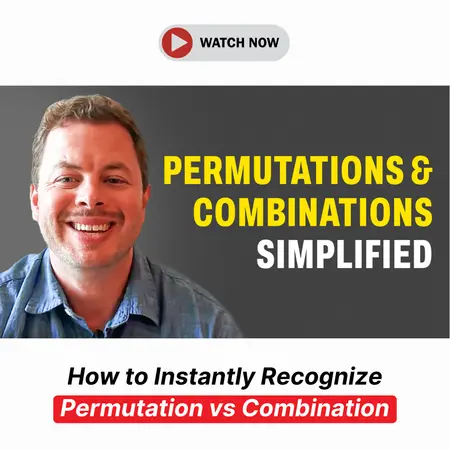Events & Promotions
|
|

GMAT Club Daily Prep
Thank you for using the timer - this advanced tool can estimate your performance and suggest more practice questions. We have subscribed you to Daily Prep Questions via email.
Customized
for You
Track
Your Progress
Practice
Pays
Not interested in getting valuable practice questions and articles delivered to your email? No problem, unsubscribe here.
- Nov 20
07:30 AM PST
-08:30 AM PST
Learn what truly sets the UC Riverside MBA apart and how it helps in your professional growth - Nov 22
11:00 AM IST
-01:00 PM IST
Do RC/MSR passages scare you? e-GMAT is conducting a masterclass to help you learn – Learn effective reading strategies Tackle difficult RC & MSR with confidence Excel in timed test environment - Nov 23
11:00 AM IST
-01:00 PM IST
Attend this free GMAT Algebra Webinar and learn how to master the most challenging Inequalities and Absolute Value problems with ease. - Nov 25
10:00 AM EST
-11:00 AM EST
Prefer video-based learning? The Target Test Prep OnDemand course is a one-of-a-kind video masterclass featuring 400 hours of lecture-style teaching by Scott Woodbury-Stewart, founder of Target Test Prep and one of the most accomplished GMAT instructors.
Kudos
Bookmarks
Can anybody explain what does "pitted" mean in this sentence/kindly explain the whole sentence "Ironically, though, child labor legislation pitted women of different classes against one another" Many thanks in advance.
Kudos
Bookmarks
Hey Plengg, when you use the word "pitted" in the context that you have described, it means that child labour legislation put women of different classes on a confrontational course against each other.
avigutman
 Expert
Expert
Tutor
Joined: 17 Jul 2019
Last visit: 30 Sep 2025
Posts: 1,293
Given Kudos: 66
Location: Canada
Schools: NYU Stern (WA)
GMAT 1: 780 Q51 V45

GMAT 2: 780 Q50 V47

GMAT 3: 770 Q50 V45

Expert reply
Kudos
Bookmarks
Video solution from Quant Reasoning starts at 1:50
Subscribe for more: https://www.youtube.com/QuantReasoning? ... irmation=1
Subscribe for more: https://www.youtube.com/QuantReasoning? ... irmation=1









